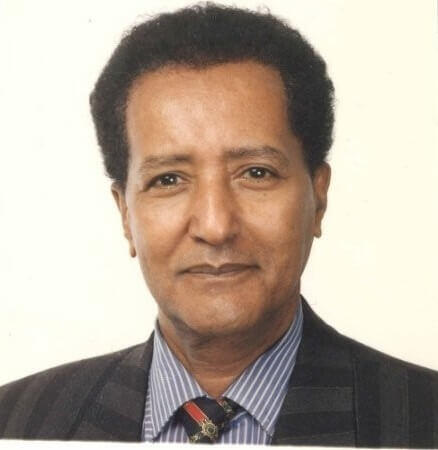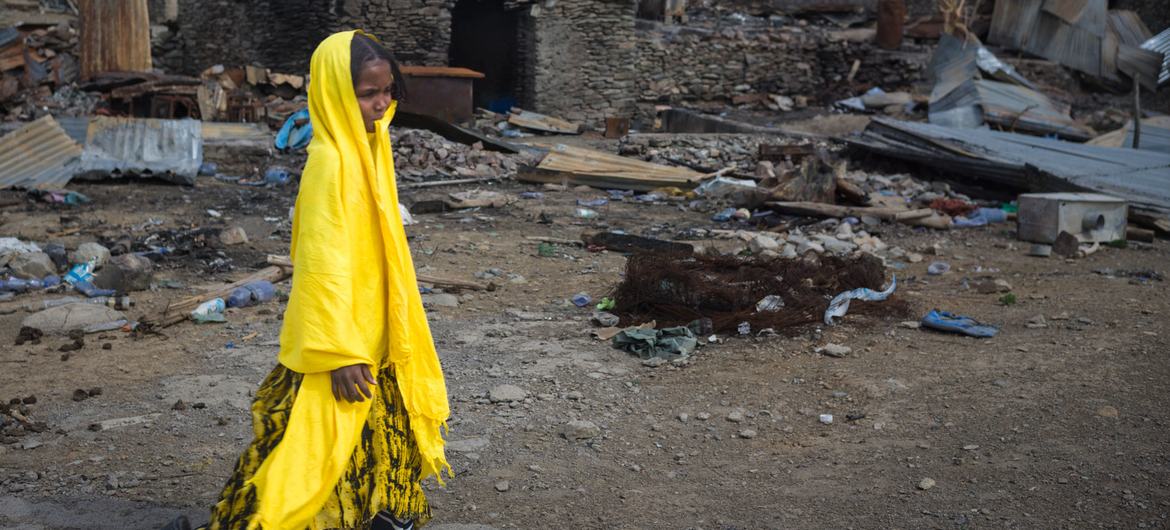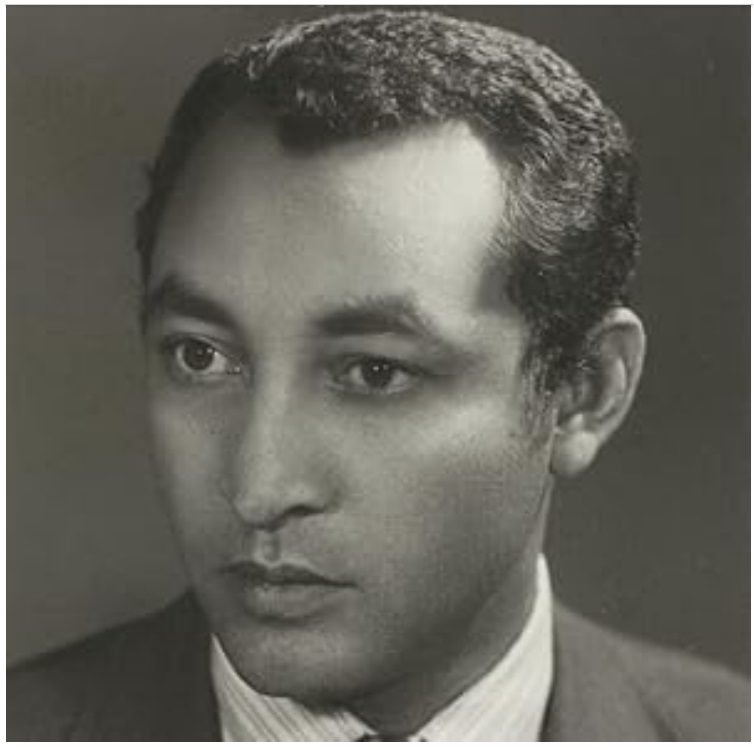At an international hunger summit in London next month, experts will seek to tackle the long-term impact of childhood malnutrition and its consequences for struggling nations
By Roger Thurow / 27 May 2013
The Telegraph
In the first-year classroom of Shemena Godo Primary School, in Boricha, Ethiopia, three dozen children study the alphabet. On a black chalkboard, teacher Chome Muse highlights the letter B and writes the combination with each vowel. Ba, be, bi, bo, bu.
The pupils, crowded two or three to a desk, listen to the sounds. I am watching one boy in particular, Hagirso, who sits at the back of the room. He copies the letters in his tattered notebook and proudly shows me his first attempts at writing, a triumphant milestone in early childhood development.
Hagirso, though, is no child. He is 15 years old. I first met him 10 years ago during the Ethiopian famine of 2003. He was in an emergency feeding tent, on the verge of starvation and weighed just 27lb when his father carried him to the clinic. The doctors and aid workers feared he wouldn’t live.
Miraculously, Hagirso survived, but the damage of severe malnutrition had been done.
When I next saw him, five years later on the family’s small farm in the southern highlands, Hagirso had gained weight but not much height. He was then 10 years old and just over 3ft tall. He wasn’t in school.
Tesfaye Ketema with his 15-year-old son Hagirso, who suffered malnutrition in the Ethiopian famine of 2003.
“He isn’t able,” his father, Tesfaye Ketema, told me. “I can see from his growth he isn’t so good. He is stunted.”
Stunted. It is a harsh, ugly word. Often spoken in clinical, analytic terms – “standard deviations” of height and weight, “suboptimal” brain development – it is the manifestation of malnutrition: diminished physical and mental capacity. It is a word that has been heard more frequently in recent years, as the world confronts the shame and the peril of hunger in the 21st century. It is a label for some 165 million children under five years of age in the world. It has become a target; at his hunger summit at the close of the London Olympics, the Prime Minister David Cameron outlined a goal of reducing the number of stunted children worldwide by 25 million by the opening of the Rio Olympics in 2016. And it is a word that will be front and centre in the minds of those who gather at the Nutrition for Growth: Beating Hunger through Business and Science summit in London on June 8.
But just what does it mean to be stunted? It means as a teenager, struggling to keep up with six-year-old classmates, being one of the smallest in school, getting sick more often than your friends because of a weakened immune system. It means, in all likelihood, falling short of your potential, a life sentence of underachieving. This is the life of Hagirso.
”He is average despite his age,” says his teacher. He places Hagirso’s performance in the middle of the class of 56, where most of the children are younger than 10. Hagirso today stands just over 4ft tall and most days goes to school barefoot and on an empty stomach.
He and his fellow first-year primary pupils are just learning simple maths, so he is unable to comprehend the equations – volume of a circular cylinder, area of a trapezoid – written on wooden signs hanging from the trees in the schoolyard. The lessons drawn on the outside walls of the classrooms – the periodic table of elements, the human digestive system, a map of Africa – are just so much graffiti to him. Words of encouragement, leaping from other signs, are lost on him: “Try try until you get the result”; “Education is the most powerful weapon which you can use to change the world”; “A man without a plan is nothing”. Hagirso, just learning phonics, is unable to put those ambitious aphorisms into action.
“I’m always thinking that those early years really impacted his life,” his father says. “He hasn’t grown. I know at times he has trouble understanding.”
Stunting often begins in the very early months of a child’s life, particularly in the first 1,000 or so days – including the period of pregnancy – and ending with the child’s second birthday. Malnutrition then can prevent critical brain development and slow physical growth.
Hagirso’s parents are poor smallholder farmers, tending less than an acre of land. The family has rarely known a year without a hunger season, the months between harvests when the food cupboards are bare. Tesfaye acknowledges that since his son’s birth, Hagirso’s diet has lacked important micronutrients, such as vitamin A, iron and zinc. Then, when drought and famine hit in 2003, Hagirso rapidly declined. His father began selling the family’s few possessions to buy food. First he sold his ox, which pulled the plough. Then he sold the family cow, which provided milk. Then he sold the goats. With nothing left, Tesfaye carried his starving son to the emergency feeding tents.
Now, a decade later, when Hagirso should be preparing for a productive adult life, he is just starting school. He is often sick; his first attempt to begin school last year was cut short by a bout of malaria. He helps out a bit on the farm, mainly pulling weeds. His father hopes that, with an education, Hagirso will be able to “get out of this community”, get a job in a city somewhere, send some money home to help care for his family. But that’s still many years away for a teenager only beginning to read and write.
Hagirso is hardly alone in being behind. He’s not even the oldest in his class; one classmate is 16, another is 17. In Ethiopia, about 44 per cent of children under five are stunted, according to the country’s own estimation. That, according to the United Nations Children’s Fund (Unicef), adds up to more than five million children. In sub‑Saharan Africa, about 40 per cent of children are stunted; in South Asia, 39 per cent.
The toll of stunting is profound and far-reaching, spreading like concentric rings from the individual. Not only does poorer educational performance reduce the individual’s future earnings potential in adulthood (perhaps by as much of as 25 per cent, according to some studies), it also cheats the economic growth of the family, the larger community and the nation as a whole. World Bank reports and data gathered in individual countries have estimated that widespread stunting can cut several percentage points off a nation’s GDP. This impoverishment in turn saps the potential of global trade.
And then there is the opportunity cost: who knows what a child might have contributed to society if not for stunting?
It was Hagirso who pestered his father to be allowed go to the primary school just a 10‑minute walk from their house. With more than 2,000 children enrolled in the school of 17 classrooms, the learning is done in shifts. One week Hagirso leaves home at 8am; the next week at noon.
“I like school,” he tells me. “I’m doing better.”
Hagirso’s determination to attend school reflects a national effort to overcome the burden of stunting. Since the 2003 famine, the government, private sector and humanitarian agencies working in the country have prioritised nutrition; the health posts proliferating throughout the countryside now specialise in mother and infant health, with an emphasis on sharing information on the 1,000 Days. The nationwide percentage of children under five who are stunted has fallen to 44 per cent from 57 per cent in 2000.
It’s progress, “but we have to accelerate,” says Tweldebrhan Hailu Abrha, the country director of Alive and Thrive, a programme which seeks to reduce chronic malnutrition.
“Otherwise, what dreams our country has of developing may not be realised. If you don’t have a fertile brain to receive training and teaching, you can’t develop economically.”
The same is true for Hagirso. His dream is to be a teacher, “a teacher who makes a lot of money,” he tells me in class while his own teacher laughs.
At least he’s made a start.
‘Last Hunger Season’ by Roger Thurow (Perseus Books) is available to pre-order from Telegraph Books at £10.99 + £1.35 p&p. Call 0844 871 1514 or visit books.telegraph.co.uk
Roger Thurow’s recent reporting from Ethiopia was supported by the Pulitzer Center on Crisis Reporting















